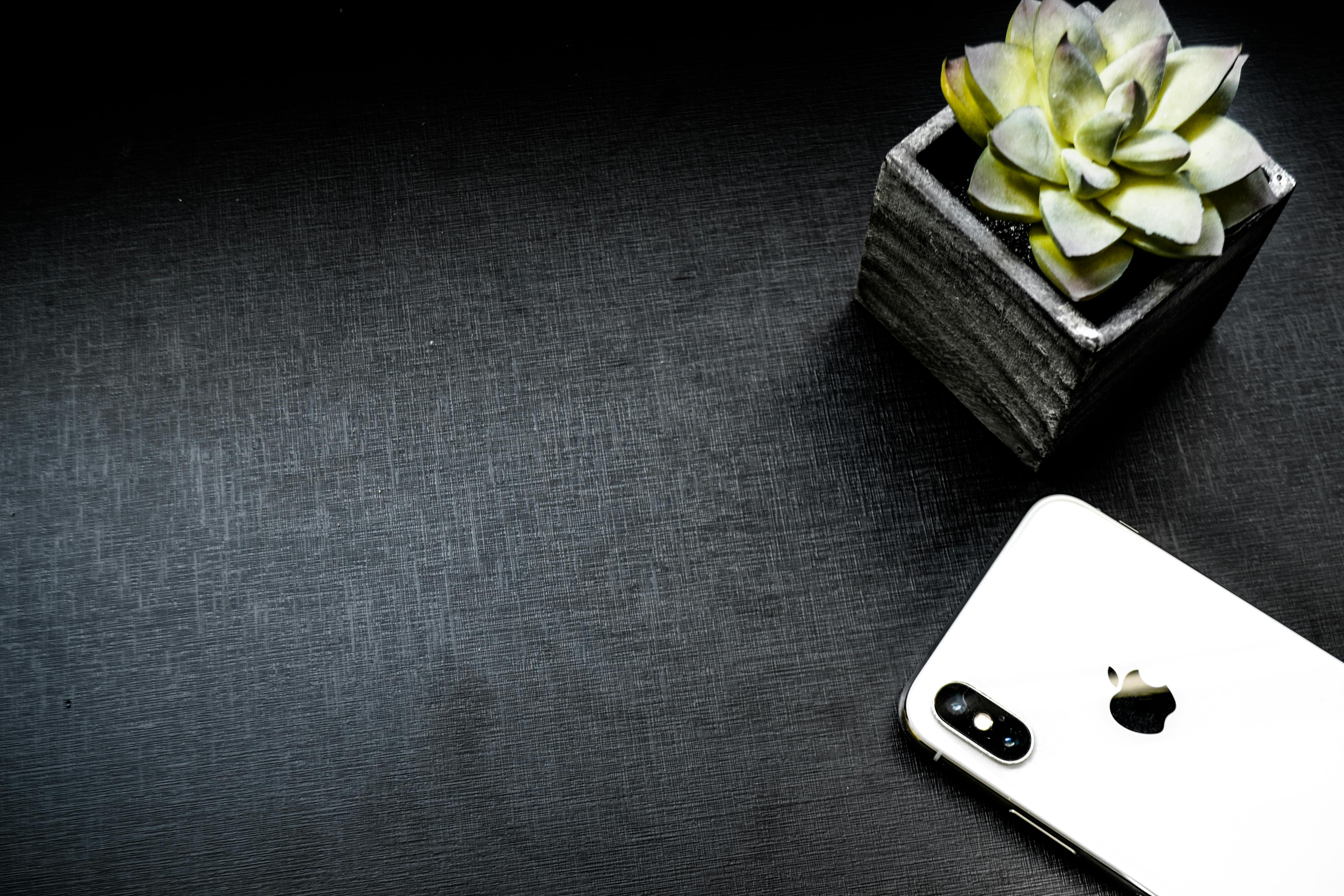Brain Chemical Relationship – Should We Give In And Give Them What They Want?
Couples, I am writing this article out of necessity. The brain chemistry of gender and relationship has reached new heights. We can attribute these new heights to the work of several research pioneers that have emerged over the last decade. New, never-before-published findings give hope to couples around the world.
As you read this article, you will gain insight into the intricate workings of the brain or central nervous system, convincing you that giving your partner what they want is the remedy for any ailing relationship. I will share with you four points, simple and succinct, that will show what the researchers have discovered.
Point 1 – Studies have shown that within our brain there are chemical physiological mechanisms that work to slow us down. They work to promote growth and recovery from an environment that can be very stressful at times. More importantly, these mechanisms promote calm and connectedness in couples.
Item #2– Two hormones, long associated with influences on sexuality, have been found to influence the ways men and women react to stress. As humans, we have the ability to influence the production of these two hormones by virtue of certain behaviors. These hormones are oxytocin and testosterone.
Item #3– The two hormones, present in both men and women, are essential for calm, connection and the sexual response cycle. Couples’ reactions to stress have recently received increased attention in the wake of failed relationships across the country and the world.
Item #4 – The crux of this research has shown that for couples to exist in peace and harmony, our bodies must replenish oxytocin and testosterone on a daily basis. Low levels of oxytocin and testosterone in the blood can significantly affect our ability to handle stress! Relationships suffer adverse effects when stores are not replenished.
We replenish our reserves by virtue of our evolutionary development. For women, they replenish oxytocin in many ways, such as getting their hair done. You can go for a walk, do some light exercise, or just take a moment to stretch. Meditation and breathing exercises also work.
As her partner, you can replenish her oxytocin by holding her in the morning. Hug her before you sleep. Tell her you love her. She takes her dancing. Her blood levels increase exponentially by reading a book on relationships with her or attending a workshop if you wish.
Men replenish testosterone when they go for a walk, when they complete projects, or when they are allowed to sit in their favorite recliner after a long day at work. In caveman terms, he needs his time in the cave after a long day of hunting and keeping his family safe, to replenish his testosterone. Success, power and results increase testosterone.
I could go on and on. Most hormone-enhancing activities cost absolutely nothing. No, nothing. The replacement can be done individually or together, and as a couple, you decide. That alone increases your oxytocin.
You’ll soon learn that giving our partners what they want will pay big dividends in the bedroom. They will re-experience the love and romance that was once such a big part of their lives. In fact, it will be significantly better. You become stronger as a couple once you figure out how to make these hormones work for you.









